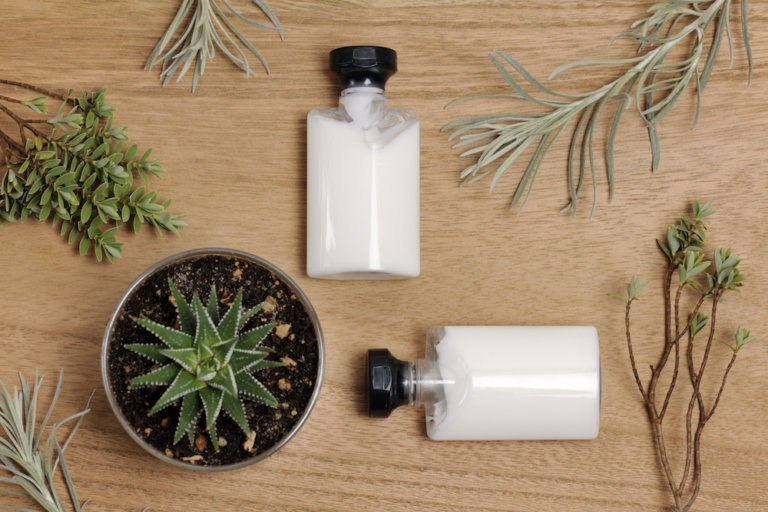Did you know diabetic foot ulcers, if left untreated, can result in amputation? If you are caring for someone with a diabetic foot ulcer, you might want to read on to find out more on how to better manage a diabetic foot ulcer. It is crucial to learn how to manage the wound and prevent the future possibility of another ulcer developing. Here are some expert tips from Jaga-Me nurses on how you can care and manage a diabetic foot ulcer.
Signs of a Diabetic Foot Ulcer
Early Stage:
-
- Lumps (might not be painful)
-
- Drainage from your foot that stains your socks or shoes
-
- Any form of swelling, irritation or redness
- Odour
Seek treatment from your doctor at an early stage when you notice these symptoms to prevent the worsening of the ulcer wound.
Advanced Stage:
-
- Skin tissue turns black (Tissue death – due to the lack of blood flow)
-
- Ulcer becomes deep (Tendons and joints can be seen)
- Abscesses (collection of pus) and multiple ulcers forming (Infected ulcer)
Seek treatment immediately from a doctor when you notice skin tissue turning black, deep ulcer wounds or yellow/greenish pus oozing out from the wound. Do not neglect your ulcer wound as it will increase the risk of death or amputation of the infected limb.
Diabetic Foot Ulcer | Home Care Tips

We have consolidated expert tips from Jaga-Me nurses on how a caregiver can better care for his or her loved one. Wound care is important as it limits the risk of another ulcer developing and with better quality of care comes a higher quality of life.
How to Care for your Wound
Goals of Care
-
- Prevent an infection from developing
- Promote wound healing
- Pain control
Assessment of Feet
-
- Check the feet and between toes for any form of lesions, redness or cuts in the skin.
- Check the temperature of the feet. If there is a burning sensation, it might be a sign of infection.
Treatment
-
- Frequent wound assessment and cleaning.
- Protective dressing that provides a moist healing environment.
- Off-load any form of pressure on the foot ulcer – do not walk barefoot, wear specially designed shoes that offload pressure.
Wound Care
-
- Wash your hands before and after wound dressing.
- Wear disposable gloves during the dressing change.
- Wrap old dressing in a plastic bag before discarding it in the bin.
- Clean the wound with saline solution before changing to a new dressing.
Check with your doctor or nurse for the type of dressing that is most suitable for your loved one’s foot ulcer wound. To have wound dressings conveniently delivered to your doorstep with easy re-order, visit https://store.jaga-me.com. Do make sure that your loved one is getting regular checkups from a professional doctor or nurse to assess the condition and progress of the wound.
Infected Wound Symptoms
Do daily inspection of the wound and change the dressing regularly to avoid infection.
Keep a lookout for these signs of infections:
-
- Greenish-yellow pus
- Odour
- Reddish (swollen)
- Pain
Seek treatment from a doctor immediately. Your doctor will most probably put you on antibiotics treatment, wound care, and hospitalisation, if necessary. Proper wound care is important as it reduces the risk of amputation or death.
How to Care for Your Feet
- Keep your feet moisturized
Use an emollient cream to keep your skin soft and moisturized. Emollient cream can be purchased through your doctor or nurse. Alternatively, you can buy off the shelf – check with a pharmacist if you are unsure about the type of cream you need.
- Apply the emollient cream on your feet in a downward motion (direction of hair growth). Do not apply the emollient cream between your toes as it can lead to fungus growth due to the soggy skin.
- Keep your glucose levels in check.
Keeping your glucose levels in control can help your body to heal faster and fight off infection.
- Check your feet daily for any additional cuts or wounds.
Look out for any form of cuts, abrasions or lesions on your feet. It is important to treat minor cuts immediately before it escalates to a serious wound. If you notice anything unusual, seek help from your doctor or nurse immediately.
How can Jaga-Me Help?

Did you know that you can get your wound dressed and manage from home? Engage our services to get professional help for wound dressing. Our trained nurses provide personalised and professional wound care for diabetic foot ulcers. They will assess your wound and manage it accordingly with the utmost care and professionalism. Contact us today to see what our nurses can do for you.
Award winning Home Care trusted by health professionals – Jaga-Me




